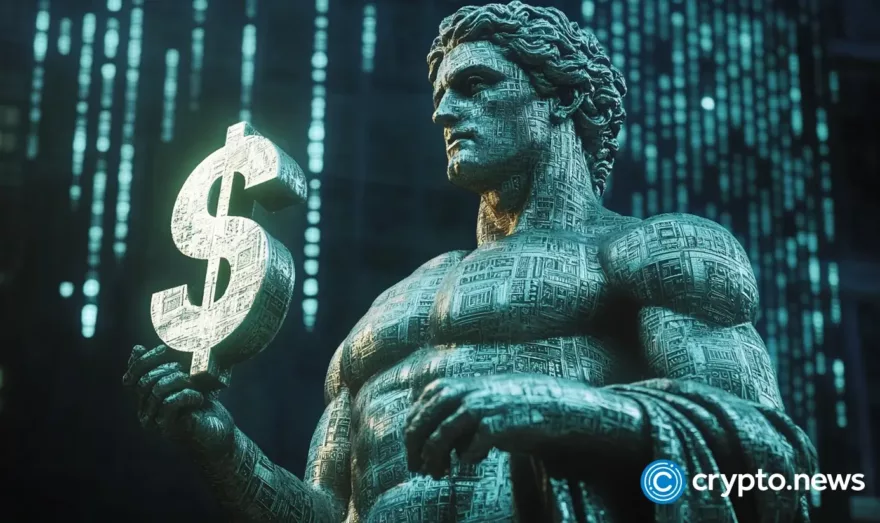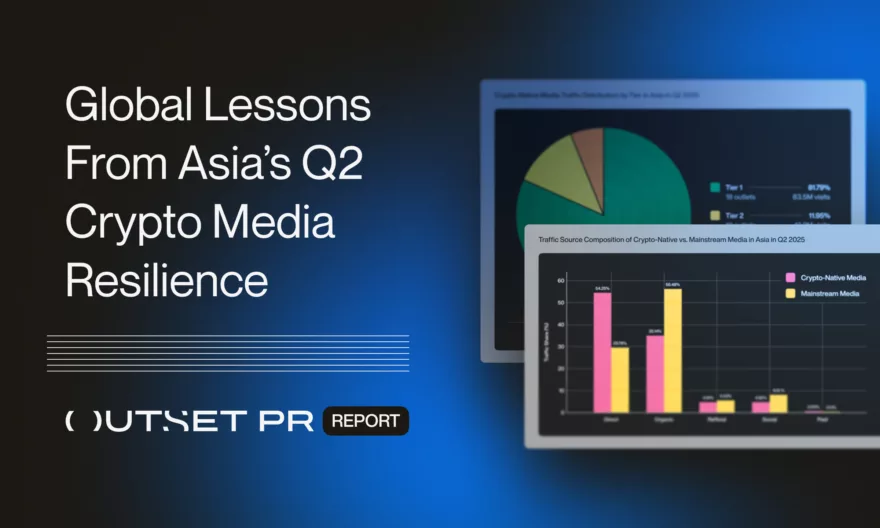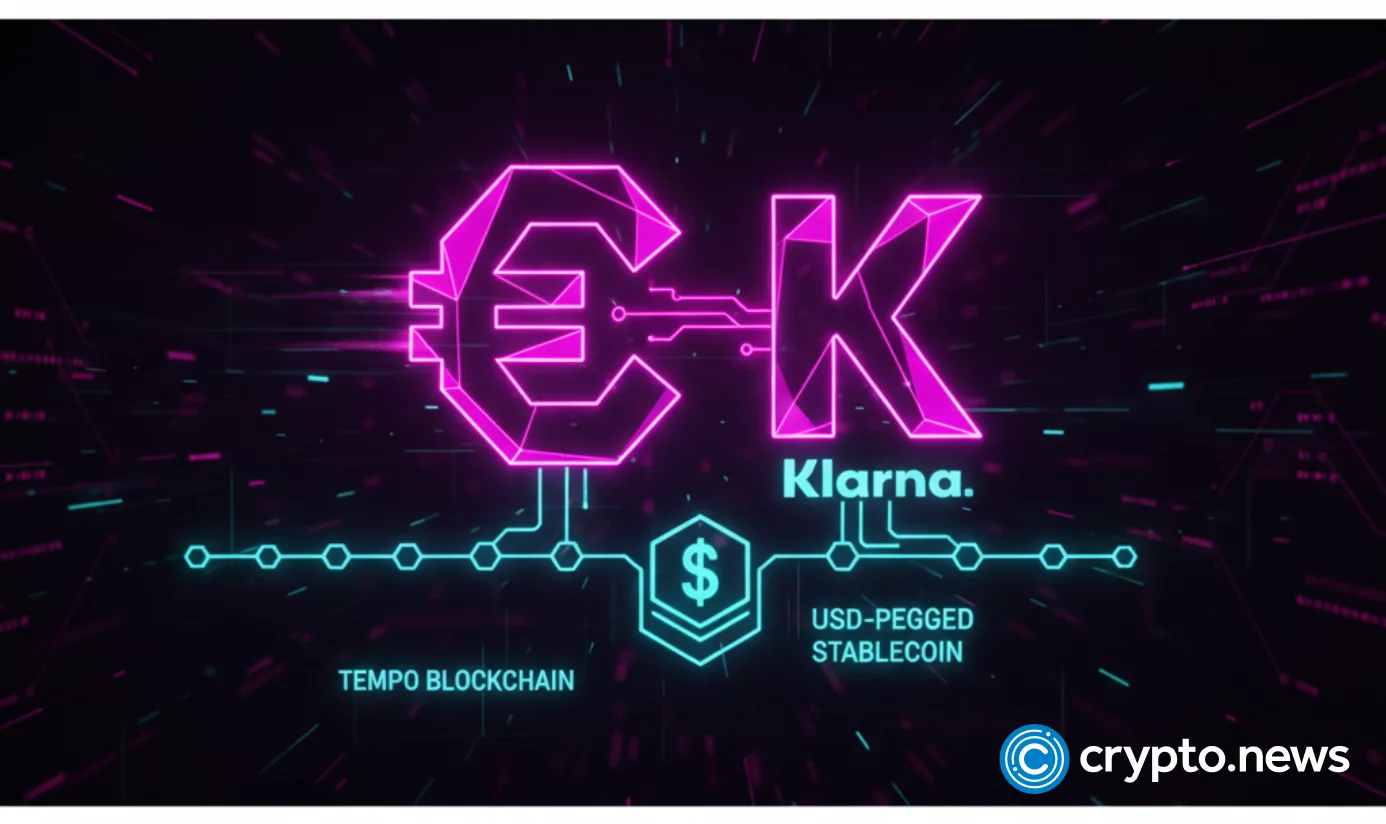U.S. Bancorp pilots stablecoin payments on Stellar blockchain

Banking giant U.S. Bancorp has been actively testing stablecoins over the past months and has tapped the Stellar blockchain as a part of the plan.
- U.S. Bancorp is piloting stablecoin payments and custody services on the Stellar blockchain amid renewed interest in digital assets.
- Other major U.S. banks, including Citi, Goldman Sachs, and Bank of America, have also started exploring stablecoin initiatives.
U.S. Bancorp, which operates as U.S. Bank, is experimenting with transactions on the Stellar blockchain as the bank views stablecoins as “another way to move money on a blockchain,” Mike Villano, senior vice president and head of digital asset products at U.S. Bank, said in a recent podcast appearance.
“We’re very interested to see what use cases are going to manifest from that and what customers are going to be most interested in,” Villano said.
U.S. Bancorp President and CEO Gunjan Kedia first disclosed the ongoing pilot during an October earnings call. At the time, she said the bank was exploring stablecoins in two primary areas, custody and stablecoin payments, but added that client demand for payments was “muted.”
U.S. Bancorp re-enters crypto as regulations soften
U.S. Bancorp is typically considered one of the more crypto-friendly banking institutions in the country, which has maintained a cautious but persistent presence in the cryptocurrency sector through its custody and infrastructure services.
Initially, the bank had to shelve its Bitcoin custody service for nearly three years due to prohibitive capital requirements and, last year, faced additional oversight pressure from the Federal Reserve concerning its digital asset exposure.
But as the regulatory climate shifted under a more crypto-supportive administration led by President Donald Trump, with pro-crypto developments like the repeal of the SEC’s SAB 121 rule that forced banks to hold capital against client crypto holdings, and the introduction of forward-leaning legislation like the GENIUS Act, the bank has slowly re-entered the space.
Last month, U.S. Bancorp said it had resumed institutional Bitcoin custody after the three-year hiatus, and less than a month later, it expanded into stablecoins alongside a growing list of other major financial institutions making similar moves.
“Out-of-the-box stablecoins provide faster, cheaper, 24/7 payments,” Villano continued, adding that the bank chose the Stellar blockchain due to its finance-first architecture and additional layers of control that meet the demands of institutional clients.
“We had to think about other protections around know-your-customers, the ability for online transactions, the ability to claw back transactions,” he said.
The Stellar blockchain offers built-in tools that allow issuers to freeze and reverse asset transfers, which was one of the key reasons U.S. Bank opted to build on it.
“Often, you might write that into the business logic in itself, but in this instance you can do it at the core blockchain layer,” Villano added.
Stellar currently ranks 19th by stablecoin market capitalization, with around $212 million worth of stablecoins operating on the network. Its payments and remittances-focused blockchain has been active since 2014.
Currently, there is no publicly available information on when U.S. Bank’s stablecoin initiative might launch or how the broader system might be structured.
Banks eye stablecoin market
U.S. Bancorp joins a small but growing list of banks that have started actively exploring stablecoin use cases, especially after the passage of stablecoin legislation in the United States.
Citibank is among the most prominent names in this movement, with reports surfacing as early as June that the bank was looking to issue its own stablecoin, and it recently selected Coinbase as its operational partner.
Last month, Citi, alongside other heavyweights like Goldman Sachs and Bank of America, announced a consortium that would study and test various stablecoin use cases across institutional settings.
With the global stablecoin market expected to balloon in the coming years, traditional institutions all across the globe are rushing to lay down the necessary infrastructure to claim a share of the expanding sector.
Elsewhere in Europe, nine of the region’s largest banks launched a similar initiative in September to explore euro-pegged stablecoin applications and licensing pathways.















